English Heritage sites near St. John Parish
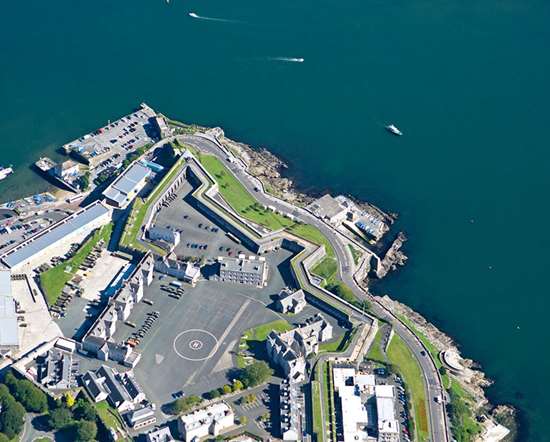
ROYAL CITADEL, PLYMOUTH
5 miles from St. John Parish
A dramatic 17th-century fortress built to defend the coastline from the Dutch, and keep watch on a recently rebellious town. Still in use by the military today.
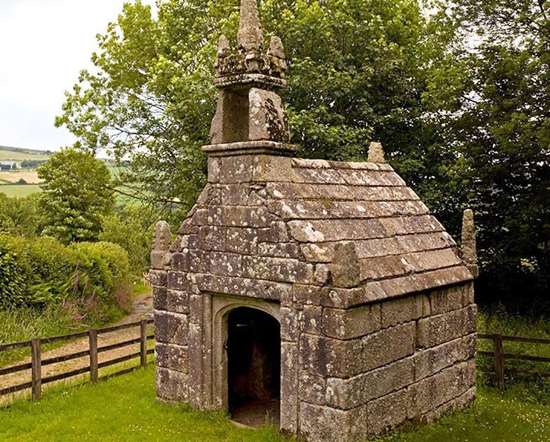
DUPATH WELL
10 miles from St. John Parish
This charming well-house of around 1500 stands over an ancient spring, believed to cure whooping cough.
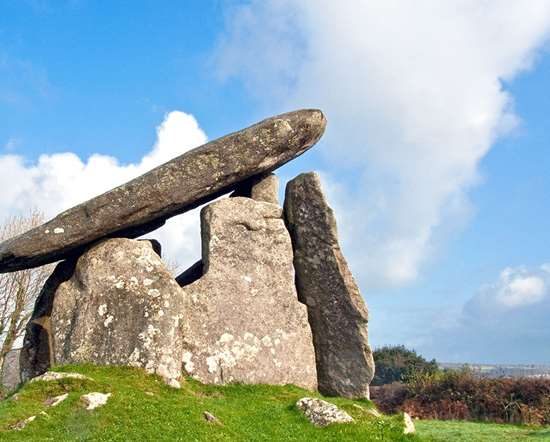
TRETHEVY QUOIT
14 miles from St. John Parish
This well-preserved and impressive Neolithic 'dolmen' burial chamber stands 2.7 metres (8.9 ft) high. There are five standing stones, surmounted by a huge capstone.
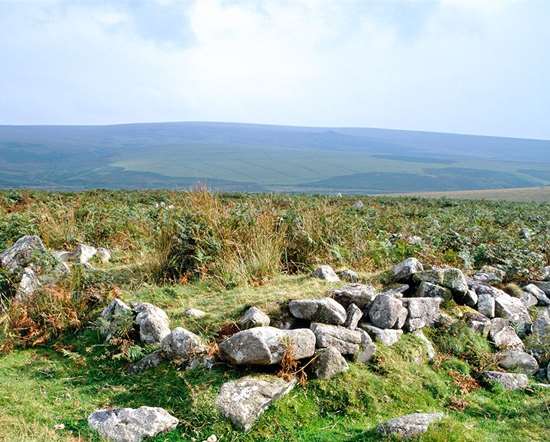
UPPER PLYM VALLEY
14 miles from St. John Parish
This extraordinary landscape encompasses some 300 Bronze Age and medieval sites, covering 15 square kilometres (6 square miles) of Dartmoor.
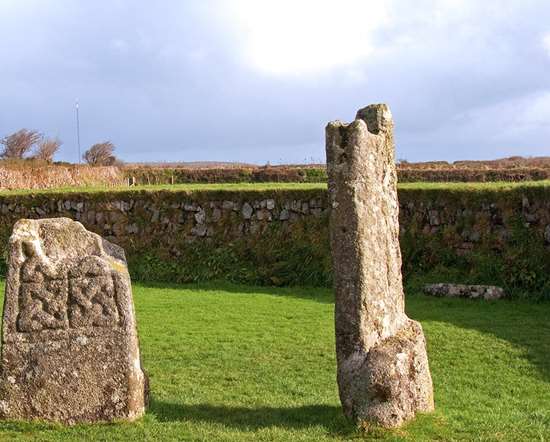
KING DONIERT'S STONE
15 miles from St. John Parish
Two richly carved pieces of a 9th century 'Celtic' cross, with an inscription commemorating Dumgarth, British King of Dumnonia, who drowned in c. AD 875.
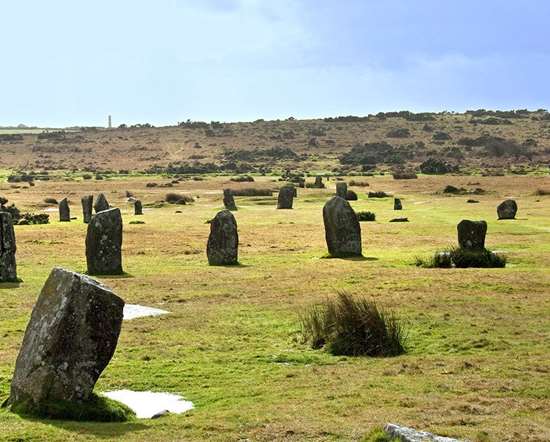
HURLERS STONE CIRCLES
15 miles from St. John Parish
Three fine late Neolithic or early Bronze Age stone circles arranged in a line, a grouping unique in England.
Churches in St. John Parish
St John: St John the Baptist

Welcome to the parish church of St John: St John the Baptist in the Anglican Diocese of Truro and county of Cornwall England.
ST JOHN CHURCH.
ST JOHN - IN - CORNWALL
The historic records for much of this area were kept at Mount Edgcumbe House but were destroyed during the war. We do know that a church existed here in 1080, if not earlier and the present Church was built in about 1150. The Church was at various times dedicated to St. John the Evangelist and St. John the Baptist but at some time after 1912 the dedication was changed to St. John the Baptist
St. John belonged to the Abbey of Tavistock and was leased by the Dawney family in the thirteenth century. The Church still retains its Norman plan of a chancel, nave and low west tower. The tower is twelfth century but may have been rebuilt in the fourteenth century. You can see the blocked west doorway in the tower as you walk up the path. The nave has early fourteenth century work. The church, except for the tower, was rebuilt again in 1867 by the busy London architect. Mr William White, who also worked in the nearby churches at Torpoint and Maryfield. The south porch was probably rebuilt in 1605: note the datestone set low in the wall. The date on the porch of 1605, must however, be viewed with caution. It will be noticed that the date at the gate to the new Churchyard, just opposite the entrance to the Church, is 1905, appears to be worked by the same mason. It is suggested that he mistakenly at first carved '6' for '9' and then inserted the incorrectly carved stone in the porch!
Above the porch can be seen the eighteenth-century slate sundial. The double doors into the church have fine nineteenth century strap hinges and above can be seen the blocked tympanum (the space between the lintel and the arch over it).
The Nave and Chancel, with perhaps the exception of the north wall, appear to have been rebuilt in the early part of 14th century. There is a brief reference to this in the Churchwardens' accounts in 1749.
The Font is located straight in front of the entrance by the north wall. It has been tentatively dated to the 15th century. It is octagonal; the bowl is of Pentewan stone, and rests on a Bath stone shaft.
The simple nave and chancel with West Bell tower occur in a number of churches erected under the influence of the Norman manorial Lords and our Church at St. John may owe its shape to this. The nave and chancel appear to have been rebuilt several times possibly starting about 1150 when the Abbot leased the three churches to the Dean of Petherwin. The Churchwardens' Accounts of 1749/50 indicate the taking down and rebuilding of the nave and chancel and there was further restoration carried out in 1868.
The sanctuary chair in the chancel is dated 1635.
There are some very fine nineteenth century brass candelabra oil lamps in the nave. They came from the old Chapel at Cremyll when it stopped being used about 60 years ago.
Both the north and south windows in the chancel are fourteenth century with late nineteenth / early twentieth century stained glass. The north window of the nave has fragments of medieval glass reset in roundels and diamonds of an older window shattered by a blast from a Land Mine during the 1939/45 Second World War.
(with thanks to Tony Gillies)
Pubs in St. John Parish
St John Inn
 Refurbished and reopened in August 2017 after nearly 5 years closure, this 16th-century village pub is constructed from two former cottages. Reached down narrow country lanes but well worth finding, the pub has a pleasant, cosy ambience, wi...
Refurbished and reopened in August 2017 after nearly 5 years closure, this 16th-century village pub is constructed from two former cottages. Reached down narrow country lanes but well worth finding, the pub has a pleasant, cosy ambience, wi...
